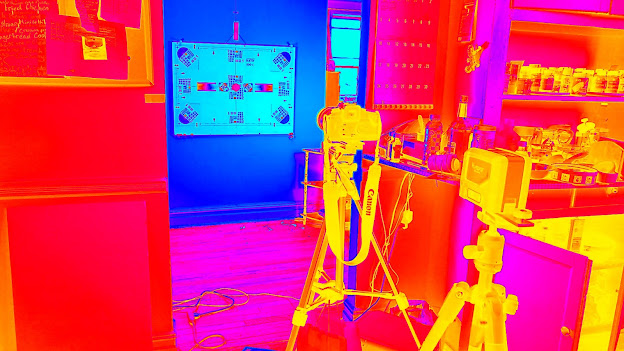In search for the Holy Grail of Film

To successfully assess DSLR scanning capabilities I needed 35 mm film which would not be outresolved even by the high-end digital camera. Of all the chart pieces the real drama happens right there - in parlance of USAF 1951 - at Group 0 (zero). Say, if Group 0 Element 5 to be resolved, the lens +film resolution should be at least 87 lp/mm (calculation are based on my USAF targets dimensions and the shooting distance/lens focal distance). Just think of it - you are in front of a chart 24x36 inches (60x90 cm) at normal viewing distance - say two feet - will you be able to see the strokes of size 0.3 - 0.5 mm ? If your vision is 20/20 you probably will, but barely. The same is true for the camera as we will see below. So what film we should use and how to get it? Even if film+lens give us say 90 lp/mm what your digital camera will be able to capture? Read on... Even half a year ago, I was not familiar at all with the films sold nowadays in American stores. In B&H and Adorama prom...




